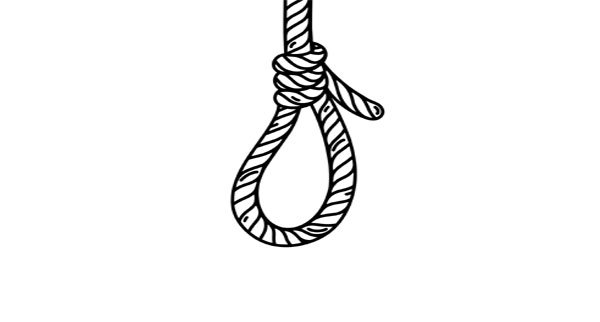- Madhya Pradesh Wildlife Action Plan 2023-24 reveals
- Small wildlife species such as insects, mollusks, amphibians, reptiles, birds, and certain mammals in Madhya Pradesh face insufficient funding.
Bhopal: Despite their vital roles in the natural ecosystem, small and elusive species such as insects, mollusks, amphibians, reptiles, birds, and certain mammals face insufficient funding for research initiatives. The Madhya Pradesh Wildlife Action Plan 2023-24 reveals a notable bias towards larger and more attention-grabbing animals, leaving critical gaps in the understanding of the ecosystem’s intricacies.
The report underscores the need for urgent research on various wildlife aspects in Madhya Pradesh, including Eurasia, smooth-coated otters, hispid hare (found in Kanha Grasslands), mouse deer, and the Indian pangolin—facing extinction due to poaching and illegal international trade.
Funding biases extend to the study of small cats, while knowledge gaps persist in understanding the distribution and abundance of threatened raptors, crucial for grassland and wetland ecosystems, among bird species.
Many bird species face threat
Despite decades of research on critically endangered birds Bengal florican (reported from Kanha Grasslands) and lesser florican, questions regarding their migration patterns remain unanswered. Many bird species are under varying degrees of threat, requiring immediate management interventions informed by comprehensive scientific studies.
Small mammals like caracal, critically endangered gharial, endangered Ganges River dolphin, vulnerable marsh crocodile, vulnerable smooth-coated otter, critically endangered red-crowned roofed turtle, endangered narrow-headed softshell turtle, endangered Indian skimmer, and endangered black-bellied tern suffer due to human-induced alterations to the ecosystem.
Jasbeer Singh Chouhan, former principal chief conservator of forest (wildlife), emphasizes the importance of allocating sufficient funds for research on every species, regardless of their level of recognition, as each contributes uniquely to the ecosystem.











